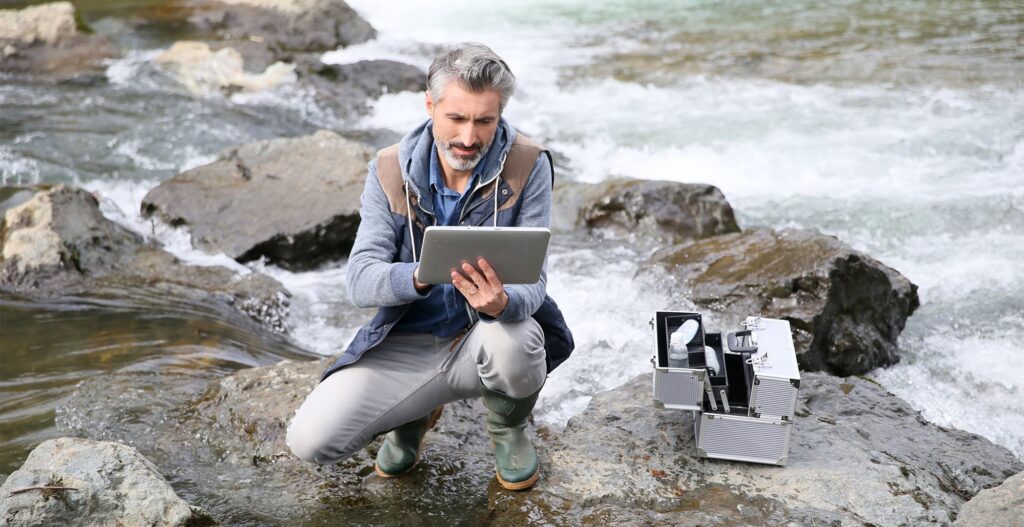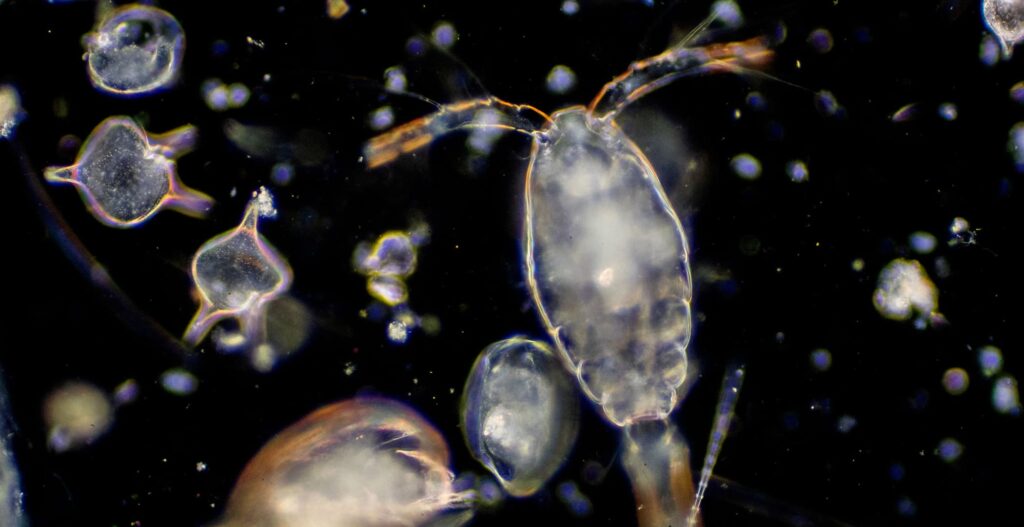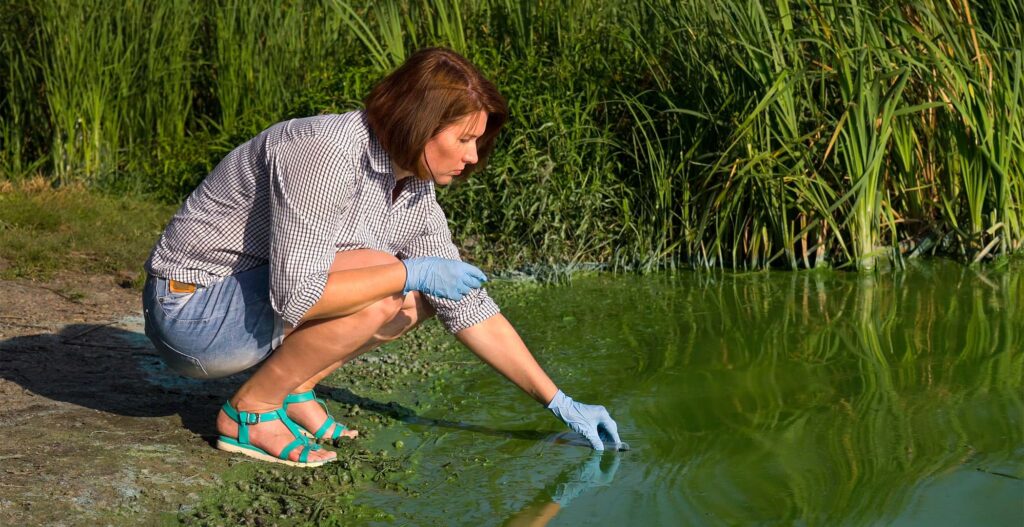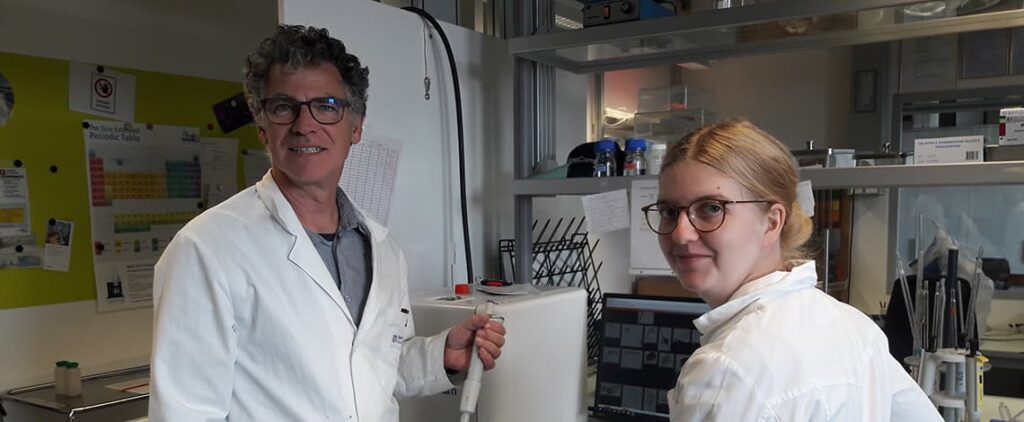FlowCam is called the next-generation particle analyzer, but how do you use it in practice? Often, non-scientists are overwhelmed by the number of scientific terms when I explain the application areas. So let me show you a use case from the “Stiemerlab Citizen Science Project”, a project dedicated to the improvement of water quality of the Belgian river Stiemerbeek.
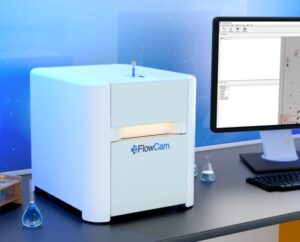
Water quality of the river Stiemerbeek in Belgium
The sewerage system and the increasing urban expansion have a negative impact on water quality (pollution, algae formation) and biodiversity in the river Stiemerbeek and its valley in Belgium. The ‘Stiemerlab’ project engages Genk citizens, neighbors, and local stakeholders to identify and tackle water quality issues. The main research question of this study is how to gain insight into the spatial pattern and the impact of the sewer overflows on the Stiemerbeek and its surroundings. This is achieved through real-time monitoring of physical-chemical parameters (e.g. pH, temperature, metals) and the related biological indicators of the water quality.
The project objectives:
- the collection of new data to increase scientific knowledge
- to raise awareness among the general public
- education about the overflow problem and how to limit it
The project actively involves local citizens and stakeholders in the monitoring of the physical-chemical and biological indicators of water quality. Among other things, they get trained as citizen scientists to collect real-time data on the physical-chemical water quality in the Stiemerbeek using sensors.
In addition, citizens help in mapping the biological water quality at ten locations along the 16 km Stiemerbeek trajectory to evaluate how diversity changes from source to mouth. For this, citizens collect monthly for one-year eDNA water samples and phytoplankton samples, the last one which gets analysed with the FlowCam at Anasysta, in Germany.
FlowCam for analysing phytoplankton samples
The FlowCam images of the phyto-and zooplankton are subsequently sorted and classified by researchers at Hasselt University, with the help of some citizens who voluntarily help in improving the quality of the images. We are the first one in Flanders to demonstrate the use of the FlowCam for a citizen science project. It has the potential as a fast way to monitor water quality at multiple locations of a stream throughout the season, which is a nice complement to the one-time-point-per-year macroinvertebrate samplings and manual, time-consuming microscopic characterisation. In order to answer the research question, the data obtained will be visualized to a wide audience through an open online platform, physical interventions in the Stiemer Valley, and various Stiemer sessions.
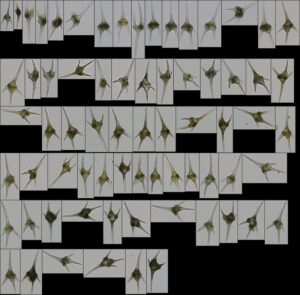
What are the results so far?
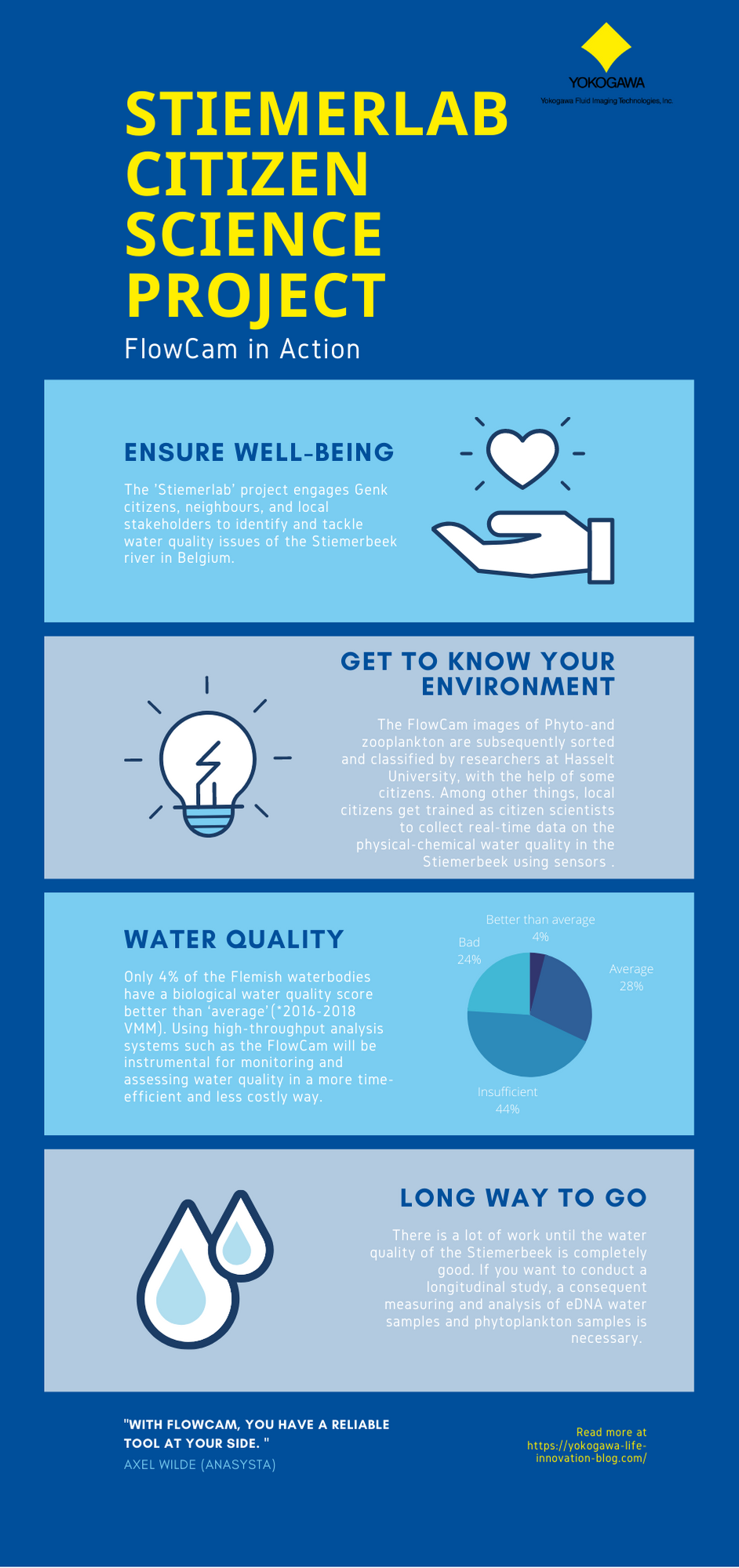
4 % of waterbodies scores good
Only 4% of the Flemish waterbodies have a biological water quality score better than ‘average’, 28 % scores ‘average’, 44 % insufficient, and 24 % bad (2016-2018, ). This was an improvement compared to the previous monitoring year in which 37 % scored bad and only 1 % good. Nevertheless, we are still far from reaching the goal of good water quality for the water bodies. Using high-throughput analysis systems such as the FlowCam will be instrumental to help monitoring and assessing water quality in a more time-efficient and less costly way. It allows to monitor more frequently, raise awareness, and help the government to act faster and more targeted to improve water quality. We will also use the FlowCam to evaluate the effect of infrastructural changes on the recovery capacity of the stream, to evaluate whether the actions were adequate or more changes are needed.
43 sewage overflows, 86 000 m3/year
Per year, 86 238 m3 sewage water ends up in the Stiemerbeek, flowing into valuable ponds of the nature reserve area, de Maten. After the planned construction works by Aquafin end of summer 2021, an improvement in the frequency and duration of the overflows should be reached. Together with local initiatives such as Suds and Sodas to improve infiltration of rainwater, and to reduce the pressure on the sewage system.
The long path to a good water quality
Still, there is a lot of work until the water quality of the Stiemerbeek is completely good. If you want to conduct a longitudinal study, a consequent measuring and analysis of eDNA water samples and phytoplankton samples is necessary. With FlowCam, you have a reliable tool at your side.
